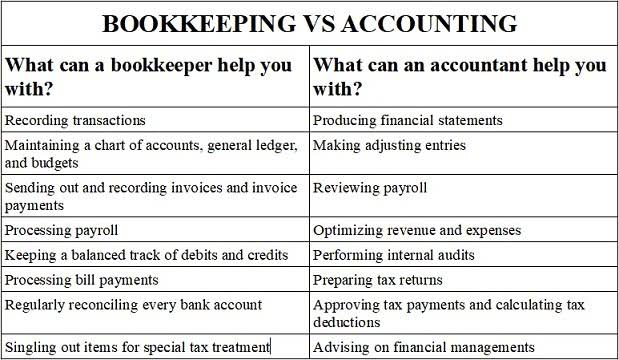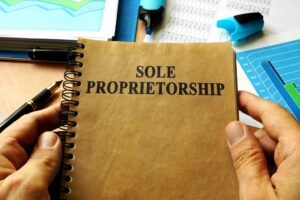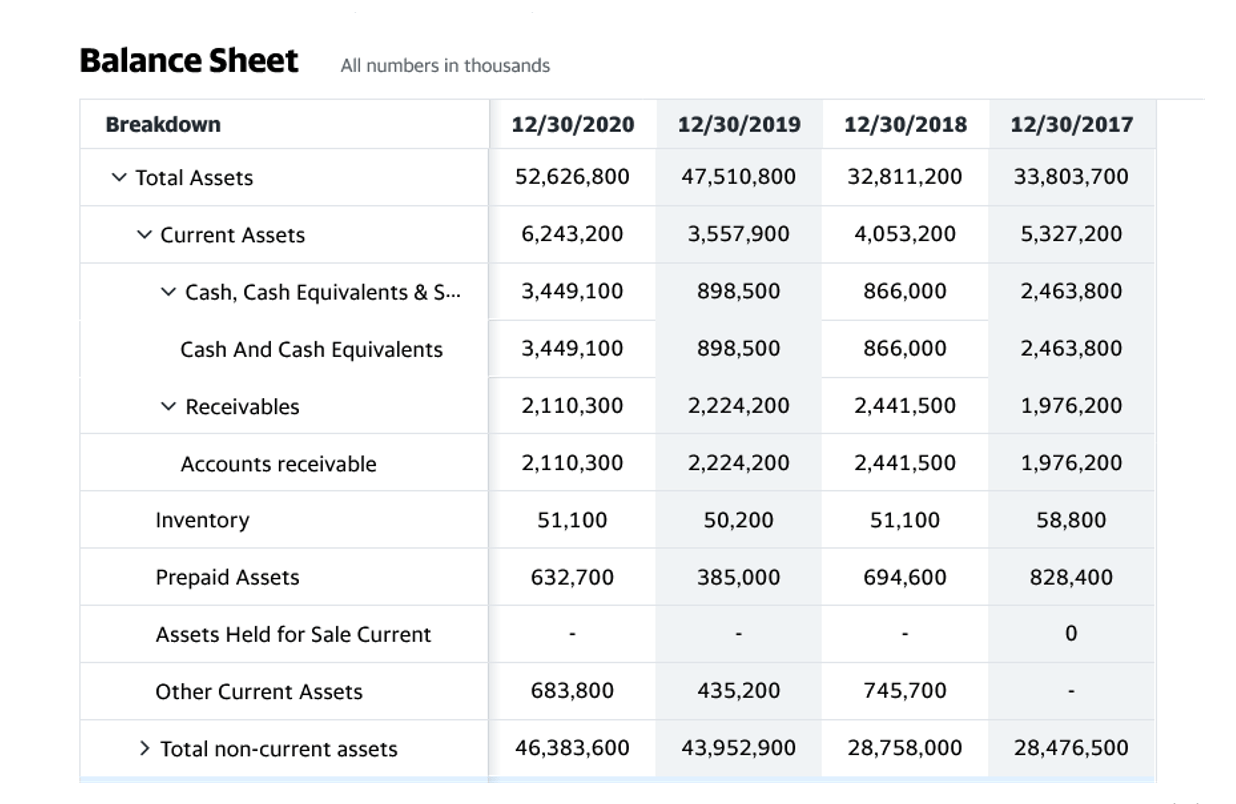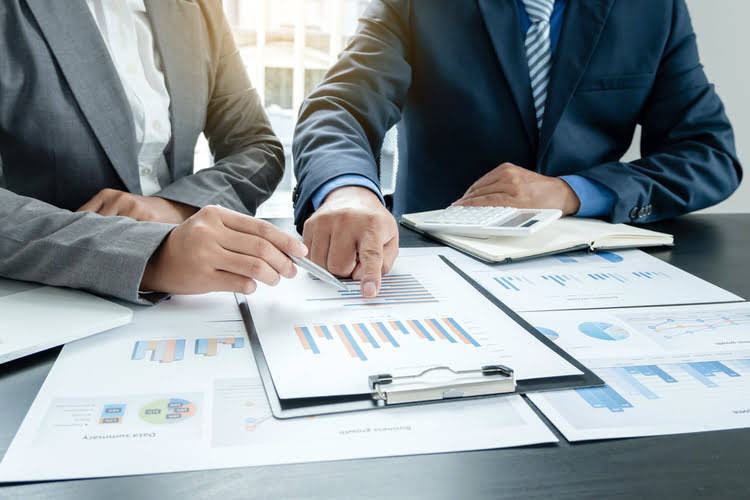Plant Assets What Are They, Examples, Accounting

The overall value of a company’s PP&E can range from very low to extremely high compared to its total assets. When a company buys a new plant asset, it records the cost of the asset in its balance sheet. Specifically, it comes under the “Property, Plant, and Equipment” category. This cost includes everything the company spent to get the asset, like purchase price, transportation expenses, installation costs, and any other directly attributable costs.
What are Plant Assets: Definition and Examples

Let us try to understand the difference https://www.bookstime.com/ between plant assets characteristics and current assets. Plant assets fall under the fixed asset category and can be used in the business for more than one year. They are used for manufacturing and selling the goods and services of the company. The expected useful life of the machine is 7 years, and the salvage (scrap) value after 7 years will be $50,000.
- The rationale for this approach is that the terms of these discounts are so attractive that failure to take the discount must be considered a loss because management is inefficient.
- Even in that case, we believe that the credit should be to Contribution Revenue.
- This method implies charging the depreciation expense of an asset to a fraction in different accounting periods.
- If you would like to purchase or upgrade to an IFRS Digital subscription in order to take advantage of our premium content please go to our web shop.
- For example, a company purchases a new manufacturing machine for £100,000.
What is asset? Definition, Explanation, Types, Classification, Formula, and Measurement
For example, a company purchases a new manufacturing machine for £100,000. Plant assets are initially recorded at cost plus all expenditures necessary to buy and prepare the asset for its intended use. The cost incurred would include legal fees, commissions, borrowing costs up to the date when the asset is ready for use, etc., are some of the examples. Despite the fact that upgrades might be costly, they are nevertheless regarded an asset to a company since they constitute an additional investment in ensuring the company’s success. This is crucial to consider when buying land for a business since it might mean the difference between a long-term profit or loss. Land can be purchased by a start-up company for a single site, but a bigger company can possess several types of land that serve diverse functions for the company and its subsidiaries.

Why is it important for a business to know about its plant assets?
- IAS 16 defines them as physical assets that are used to produce revenue or for administrative purposes and are expected to be in use for more than one accounting period.
- Investment analysts and accountants use PP&E to determine if a company is financially sound.
- If you picture a business as a process that creates wealth for the owners, PP&E are the physical machine.
- Let us try to understand the depreciation and plant asset disposal methods.
- Equipment is also one of the most varied forms of plant assets since it differs based on the industry or the specific demands of each company.
- Plant assets are usually expensive, long-term investments made to underpin a company’s production process.
Companies commonly list their net PP&E on their balance QuickBooks sheet when reporting financial results. Plant assets are long-term fixed assets that are utilized to manufacture or sell a company’s products and services. These are physical assets that are expected to be financially useful to a company for more than a year. A plant asset can be defined as any asset that can be utilized to produce revenue for the company. This can help provide accurate financial information if the market for plant assets is unusually volatile. Equipment, machinery, buildings, and vehicles, are commonly described as property, plant, and equipment (PP&E).


Naturally, the initial purchase of the plant asset would be an outflow of cash, any subsequent sales would be a cash inflow. Plant assets, except for land, are depreciated to spread their cost out over their useful life. This cost would be capitalised and added to the asset’s book value on the balance sheet. This includes purchase price, shipping costs, installation charges and any other costs directly attributable to bringing the asset to its working condition. These assets are held by businesses for use in the production or supply of goods and services, for rental to others, or for administrative purposes. Plant assets are deprecated over their useful lives using the straight line or double declining depreciation methods.

Current assets versus plant assets
Depreciation is a non-cash expenditure that decreases the company’s net profits and is recorded on the income statement. A plant asset is any asset that can be utilized to produce revenue for your company. Plant assets are goods that are considered long-term assets because of their high price or worth, even if the assets depreciate.
- The cost incurred would include legal fees, commissions, borrowing costs up to the date when the asset is ready for use, etc., are some of the examples.
- The assets can be further categorized as tangible, intangible, current, and non-current assets.
- Analysts monitor a company’s investments in PP&E and any sale of its fixed assets to help assess financial difficulties.
- Left by themselves, PP&E just sit there, but put into action by people with energy and purpose, they become a money-making machine.
- These assets are classified as fixed assets if their cost exceeds the capitalization threshold of a business, and they are expected to be used for more than one reporting period.
- Depreciation expenditures, on the other hand, are the appropriate part of the cost of a company’s fixed assets for the time period.
- Depreciation and amortization, or the process of expensing an item over a longer period of time than when it was acquired, are calculated on a straight-line basis.
Straight Line Method
This blog post will shine a light through the complexities of understanding these crucial resources. You’ll learn what they are, see examples come to life, and discover strategies for smart management that could save money while boosting efficiency. For the past 52 years, Harold Averkamp (CPA, MBA) hasworked as an accounting supervisor, manager, consultant, university instructor, and innovator in what are plant assets teaching accounting online.
